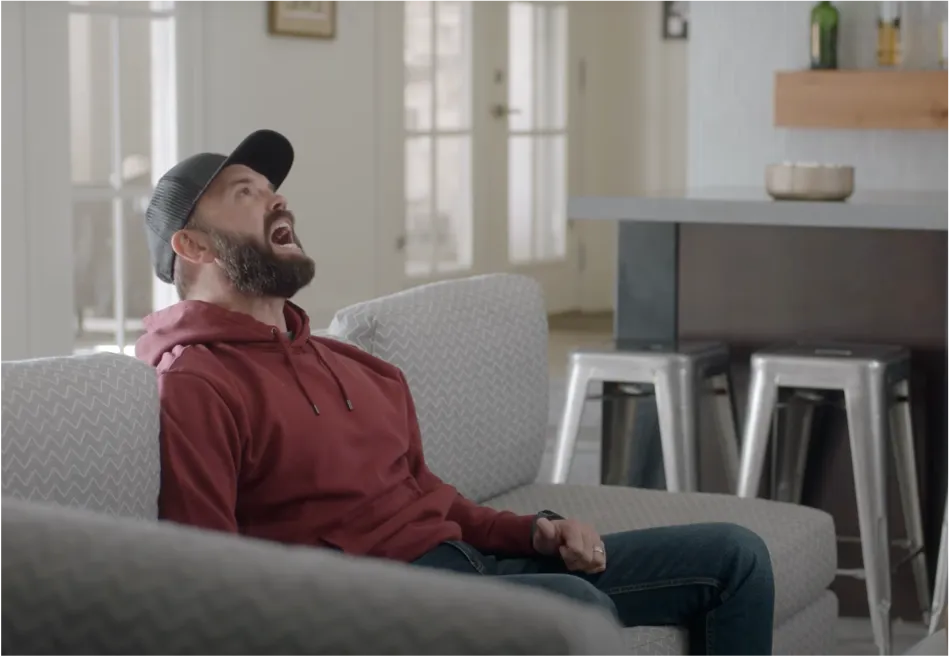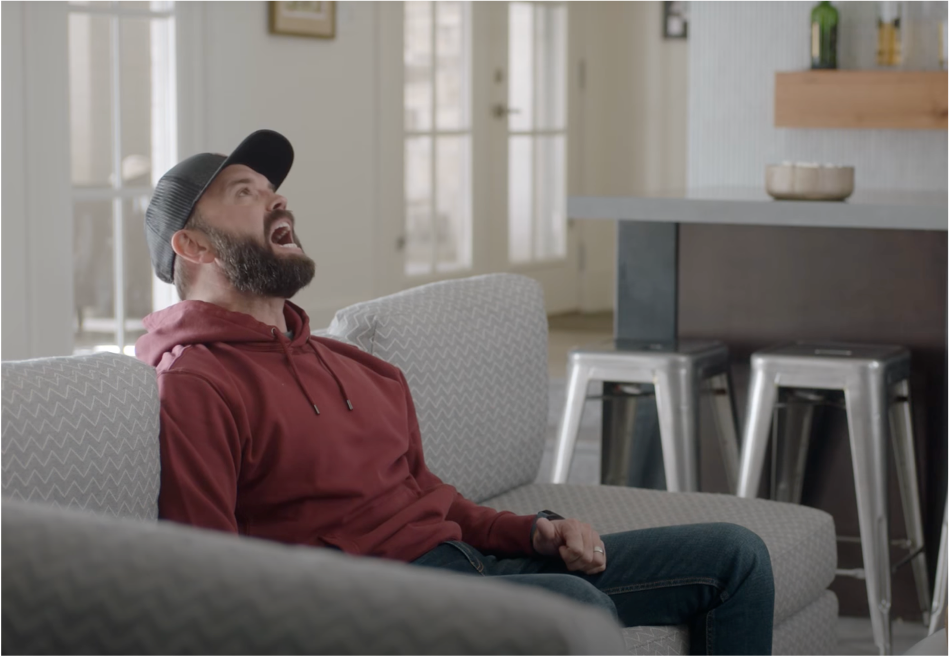The Future of Customer Service: How Vertical AI Agents Are Changing the Game
If you haven’t heard about vertical AI agents, keep...
Check out our latest update on our consumer platform here!
Published on 6 Feb 2024
To me, it was insulting. Clickity Click. The sound was to convince me that the chatbot with whom I was...

Clickity Click. The sound was to convince me that the chatbot with whom I was “speaking” was actually typing into a computer. It included the natural pause humans make when we’re entering information into various fields across the screen (I’ve heard other cases where the chatbot will similarly add ‘hmms’ and ‘um’s’, linguistic traffic signals which more approximate human speech).
To me, it was insulting. I know the chatbot is not a human typing on a keyboard. Why am I being made to wait those extra precious few seconds just to give the impression of something that is patently false? In no way did this engender trust or the feeling of respect between me and one of the largest telecom companies on the planet.
I also found it representative of the general approach large organizations (who have the time, talent and budget to launch these systems to begin with) take in their customer service operations. Interactive Voice Response (IVR) and call trees were designed around the likely intentions of a caller. It does make sense, sure. Why train one agent to handle all of the many possible needs any customer would have when you can specialize? Better to be surgical and precise and get the customer in front of who they need when they need it.
The problem, of course, is not necessarily the destination — though there are massive problems here too, ranging from disempowered and insufficiently trained representatives to the scripting requirements (why make a human sound like a chatbot, I’ve always wondered…) — but the journey, itself.
The pain of navigating the call tree is starting to feel like actually navigating a labyrinth, complete with spiky, shifting walls. It’s tortuous (by which I mean both the literal definition of the word — full of twists and turns — and to elicit the meaning of torture), and has rightly been parodied for years, from Customer Service Calls in Real Life to a recent SNL segment highlighting the hair-ripping frustration of just trying to cancel cable. Both sketches (below and well worth the time!) speak to the highly impersonal, company-against-customer nature of “customer service”.

And it’s why we’re launching Teleperson today.
Our premise is simple: enable a single, personalized concierge experience for all customer service needs. You choose if you want to speak with a human representative or through a chatbot. No more call trees, no more labyrinth — simply say what you need.
This also means a unified experience across all of the companies — large and small —you deal with on a daily, weekly or monthly basis. And we’re designing Teleperson from day one with security, context, and, above all, respect for the customer built into every line of code. To quote the immortal Aretha Franklin: R.E.S.P.E.C.T. Find out what it means to me! — Teleperson was launched to help clarify this from the customer’s perspective.
Teleperson’s objectives are in line with research from Jagdip Singh and colleagues, as articulated in their 2018 HBR article, “Sorry” is Not Enough: it’s not about saying ‘sorry’, but in actually providing — or at least attempting to provide — real solutions to the central customer problem.
We believe that the fundamental aim of customer service is to meet the needs of customers without causing further frustration. This is not the case in the majority of customer service experiences today, however.
We believe respectful customer engagement should not end at the point of sale but rather continue throughout the life of that relationship; that customer service lies in a continuum — an outer layer scaffolding the circular nature of modern retail — from product discovery to consumption to reuse (for physical goods) or referral (for services) — and that this respect should not be a function of a company’s balance sheet but rather a fundamental mandate at the heart of every transaction. To this point, Teleperson seeks to unify the customer experience by offering the advanced functionality more likely to be seen in Fortune 500 leaders for more humble SMBs (e.g., utility companies, local laundry chains).
We believe every customer can be a champion of the companies and brands they consume. That how companies engage their customers across the gamut of customer needs should matter just as much as winning that customer’s dollar at the inception of the customer relationship. Customers should love the companies they work with. Marie Kondo’s conception of products evoking joy should extend to each company or service with which a customer engages.
The problem is that there is an expectation that every commercial transaction should have the customer experience of an Amazon or Wayfair — the gap between what is expected and what drives lowering customer satisfaction scores in virtually every market. Teleperson will help close that gap for businesses of every size and sector.
We know, from the combined decades of experience myself and my co-founder, Eben Hall, have in supporting companies in their growth, that a better system—truly designed around the customer but which also meets the financial, operational, and strategic needs of companies—is not only possible but necessary.
Join us as we make that vision a reality and chart the future of customer service for the better. If interested in speaking, don’t hesitate to reach me directly!
Thanks for reading 🙂
